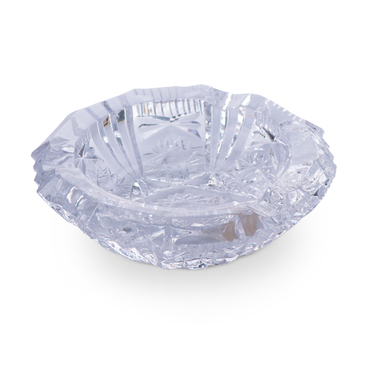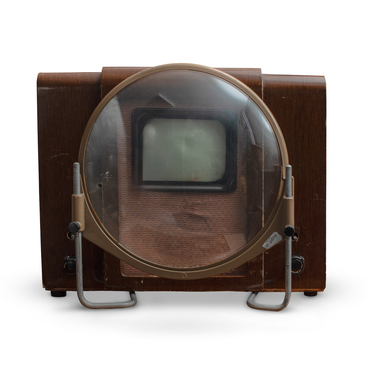The portrait of Peter the Great was painted by an unknown Russian artist in the late 19th century. It is based on the 1838 portrait by Paul Delaroche, a French academic painter.
The original painting is now housed in the Hamburg Art Gallery. The romanticized portrait of the first Russian emperor by Paul Delaroche was very popular in the Russian Empire. It was reproduced many times in painting and graphic art.
In the painting from the museum collection, the emperor wears a dark green Hungarian-style kaftan which matches the colors of the uniform of the Preobrazhensky Regiment that he founded in his youth. At the beginning of the Great Northern War, Peter joined the ranks of the unit as a bombardier and would always wear such kaftan on ceremonial occasions.
The blue ribbon was the sign of the highest award in the Russian Empire — the Order of St. Andrew the Apostle the First-Called. It was the first Russian order established by Peter the Great in 1698. It was also when the Saint Trinity Fortress was founded, marking the beginning of the history of Taganrog. It took more than ten years to construct the largest fortress in the south of Russia, with the involvement of leading foreign engineers.
Until 1714, the Order of St. Andrew was the only order in Russia, awarded for outstanding service to the Russian Empire. In 1703, Peter the Great was decorated with this order for capturing two Swedish ships at the mouth of the Neva River.
In the portrait from the museum collection, the emperor is depicted as a strong and mature ruler who has already implemented many of his plans. This is what the emperor looked like when the construction of the Taganrog Fortress and harbor was completed.
The portrait was transferred to the Taganrog Museum from the State Russian Museum in 1964, as indicated by the inscription on the back of the canvas.

